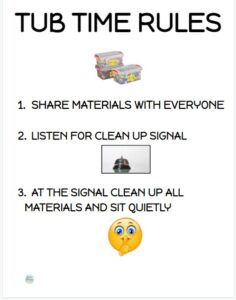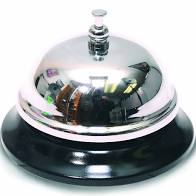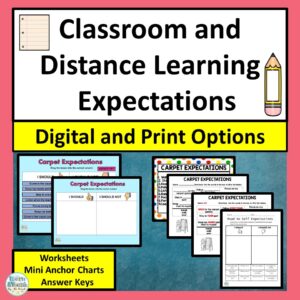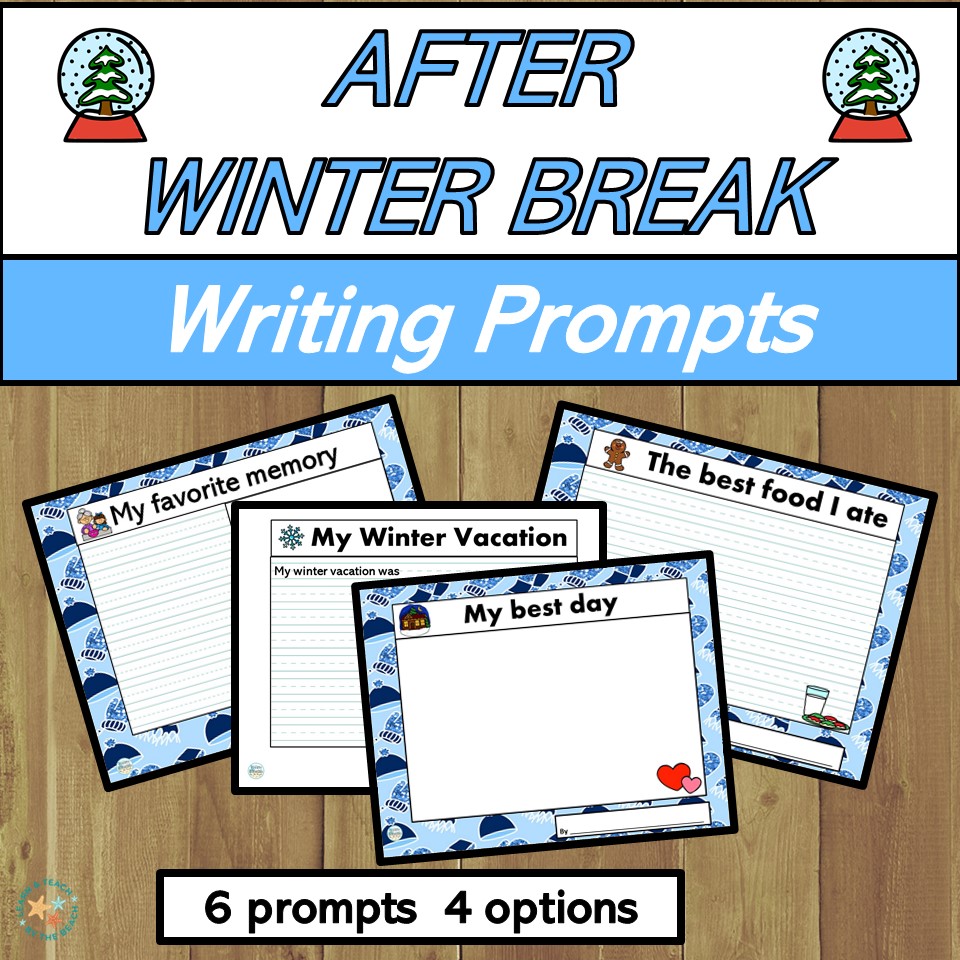Do you call them learning centers? Learning stations? Work centers?
Whatever you call them, the purpose is for students to work independently. You need to teach your students your learning station structures!
I want to share with you my 3 tips for implementing learning stations. These tips can be used with math, literacy or any independent learning station. Once students know the structure of your learning stations, you can add in any content.
My 3 tips for introducing learning stations
1. Focus on the structure
2. Teach your expectations explicitly
3. Reflect on the process
Step 1
Teaching Learning Station Structures
Focus on the Structure
When teaching learning stations, focus on the structure or procedure you want your students to follow. You want your students to learn HOW to do learning stations. The content is not as important at this point.
On the 1st day of school, I teach students this structure using math manipulatives. (Your procedure can be taught anytime, but be clear on HOW you want your students to act during learning stations.)
When I first teach this structure, I place 5-6 tubs of math manipulatives such as pattern blocks, base ten blocks, dominoes, cards, and unifix cubes around the room.
(Allowing students to play with these materials now, will make it easier when we use them as learning tools later.)
I review my learning station attention signal : a hotel bell.
1 ding = clean up and sit quietly
2 dings = move to the new learning station.
Step 2
Teaching Learning Station
Structures
Teach Explicitly
Next, I explicitly teach them to keep the materials in their area. In addition, I show them HOW the materials should look when they hear 1 ding. After cleaning up, all materials should be in the container and students should sit quietly.
Then I teach them how I want them to move to the next learning station when they hear 2 dings. Students should push in their chairs and walk to their next station. I also explain the rotation clearly.
Finally, I explicitly teach the Tub Time Rules. Then I place 2-4 students at each tub and then let them explore the materials.
We do 3 rounds (usually 5-7 minutes each) on the first day. I do this every day for at least a week.

Step 3
Teaching Learning Station Structures
Reflect on Learning
Each day after the last round, I bring the students back together.
We reflect using 2 questions:
1. What went well?
2. What could we improve on next time?
I ask students to share any problems that came up and I also share my observations. For example, I usually see students getting started right away. I point this out because when we add content to our learning stations, this will be important.
Using this procedure for all my learning stations makes it easy to insert content once the students know the routine. When they are ready, usally after a few days, I change one station to a hands-on content activity like a game.
I hope you found these strategies helpful in setting up your learning stations.
Want more resources for teaching expectations? Try my digital and print bundle for classroom and school expectations! Click on the picture and download the preview for this helpful resource!










